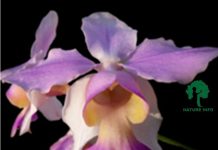Family: Cupressaceae
Synonym: Thuja orientalis L.
Bengali/Vernacular name: Thuja jhau.
Tribal name: Lairikheibi (Manipuri).
English name: Oriental thuja, Chinese arbor vitae.
Description of the Plant: A densely branched evergreen conifer. The overall shape is conical, with the crown becoming more irregular and spreading with age. Leaves like little scales overlapping and tightly packed on the shoots. Cones 15-25 mm long, green ripening brown in about 8 months from pollination, and have 6-12 thick scales arranged in opposite pairs.
Plant parts Used: Leaf.
Traditional
Uses: Paste prepared from the leaves of the plant is applied to treat
joint pain, osteoarthritis, and muscle
pain.
The plant is used for the treatment of bronchitis and cold.
Massage is done with the juice extract from the leaves of the plant until the
rheumatism is cured.
Powder prepared from the dried leaves of the plant is used for the treatment of
cough, hemorrhage, excessive menstruation, bronchitis, asthma, skin infection,
mumps, bacterial dysentery, arthritic pain, and premature baldness.
Juice extracted from the leaves of the plant is used to treat insomnia, nervous
disorder, and constipation.
Distribution: This species is found throughout the country.
Is this plant misidentified? If yes, please tell us….














